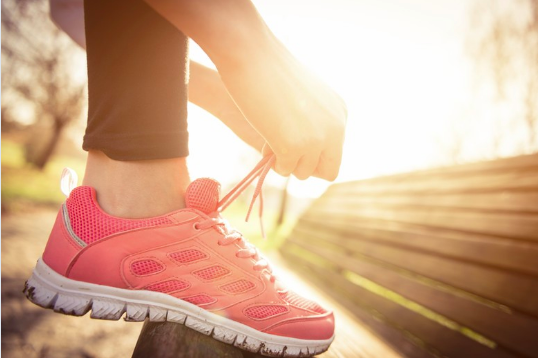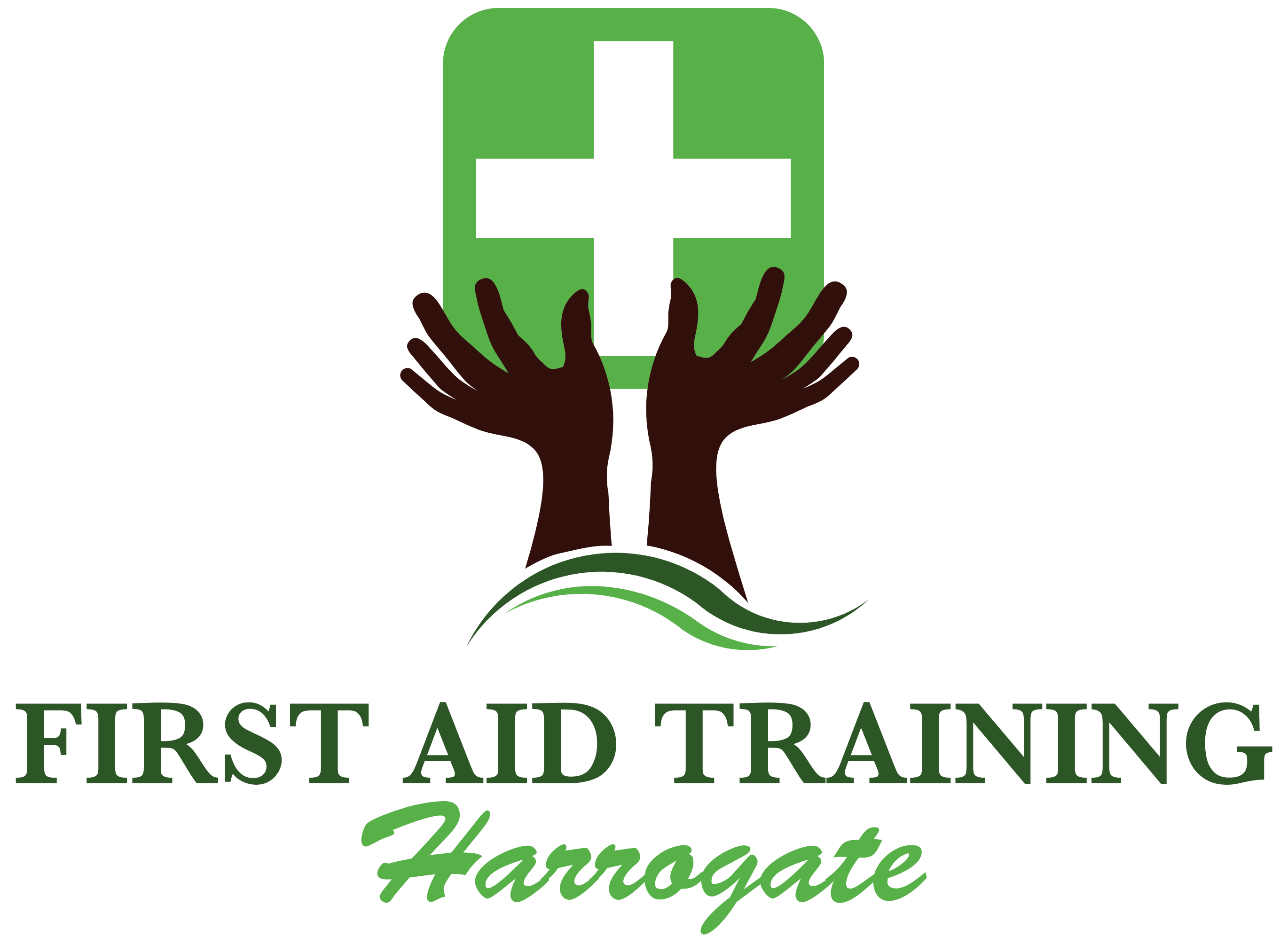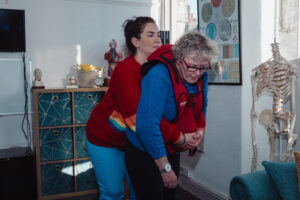The COVID-19 pandemic has certainly caused a lot of change in our society. And, while many of these changes have been unwelcomed, it seems that when it comes to taking care of ourselves through exercise, the change is good. According to new research, more than half the population are now exercising or meditating once a day – finding innovative ways to keep fit via outdoor exercise or with fitness videos online.
While the benefits of exercising far outweigh the risks, accidents and injuries do still happen as a result of taking part in certain activities. Muscle pulls and strains, shoulder and knee injuries, shin splints, dislocations and lower back pain are all common exercise-related injuries – most of which could be avoided with simple precautionary measures.
Therefore, here we have noted down a few tips to keep you safe while exercising so that you can prevent injuries and keep your body in tip-top shape.
Warming up and cooling down
Many people underestimate the power of warming up their bodies before exercise. A 5-10-minute warm-up may seem like a waste of time for some, who consider themselves fit and healthy, however, a warmup has many benefits and could help to reduce injury even for the most professional of sportspeople.
Warmups slowly ease your cardiovascular system into exercise, gradually increasing the heart-rate and increasing blood flow to your muscles. This time may really help to reduce muscle-damage as well as preparing yourself mentally for the challenges ahead! Take a look at this NHS guide to warming up before exercise.
Similarly, to warming up, cooling down after exercise is also important. Stretches and yoga postures will help to reduce muscle soreness as well as lowering your heart rate back down gradually and regulating blood flow around the body.
Dress correctly for the activity
If you plan on making exercise a key part of your lifestyle, then it’s definitely worth investing in some good quality active-wear.
Footwear is especially important, as you need to ensure you select the right type for your arch, gait and body weight, as well as ample cushioning for the level of intensity of the activity you will be doing. Many injuries come from wearing old trainers, which are worn out and do not offer the right support for your feet and ankles.
Fuel your body right
What you eat and drink around your exercise regime is just as important as your workout – if not more. The best time to eat is about 30 minutes before you begin your exercise. This will give your food enough time to digest. Make a small snack that combines carbs and protein, with an emphasis on the carbs. You don’t need a lot of food, otherwise, you risk the chance of stitch and indigestion while working out. A fruit smoothie with oats, Greek yoghurt with banana, or brown rice with lean meat would all be good options.
Eating carbohydrates before your workout will give you energy and replenish those glycogen stores for your recovery and for the next workout. Protein after your workout is just as important as this will help repair the muscles you broke down during exercise.
Keeping hydrated is very important too. Ensure to always take a decent water supply with you to sip on throughout your exercise. Especially outside on warm days.
Be sensible and aware
Try to be realistic about your training and not focus on what others do or what you used to be able to do. You might want dramatic results from your newfound exercise regime, but too much, too soon is one reason why injuries occur, meaning you could be out of action for weeks or months.
Listen to your body when it comes to taking a rest. Your body will certainly give you the signals you need to know when to back off. If your knee is aching, your thighs are burning much more than usual, you feel sick or you are just plain exhausted, then rest and recovery might be what your body is craving. Make sure you take those rest days as your body is making actual gains during this time.
Gradually increase your time and the intensity of your workouts to prevent those niggling injuries.
Treating a sports injury
If you do get a sports-related injury during exercise, then often this can be treated yourself at home, without needing medical help.
Make sure you:
- Rest the affected part of the body for the first 48 to 72 hours to prevent further damage. Don’t push it further otherwise the damage could become much worse.
- Apply an ice pack or bag of frozen peas covered with an absorbent towel to the affected area during the first 48 to 72 hours to reduce swelling.
- Elevate the part of your body that is hurting. This means raising the body part above the level of your heart to reduce pain and throbbing.
- Use painkillers, such as paracetamol or ibuprofen, to relieve pain if needed.
If your symptoms are severe or do not improve within a few days, a GP may be able to refer you for specialist treatment and support. Always contact them or phone 111 if you are concerned.
Depending on the type of injury you have and where it is on your body, it could take a few weeks or even months to make a full recovery. While recovering, it’s really important not to do too much too soon – aim to increase your level of activity gradually over a set period of time.








